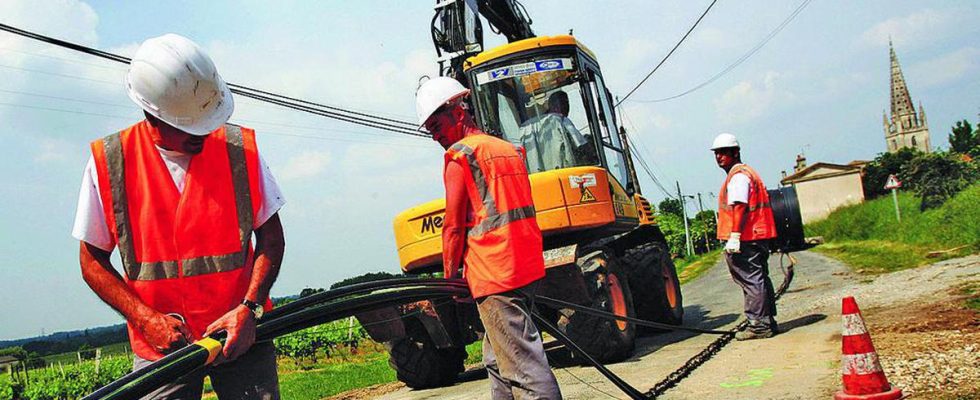“This text crystallizes strong opposition between, on the one hand, local authorities and users, who are sometimes close to exasperation and expect concrete solutions, and on the other hand, commercial operators […] who take a dim view of the intervention of the legislator”, underlines the rapporteur Patricia Demas (LR).
The French Telecoms Federation, which brings together national operators, including Orange, SFR, Bouygues Telecom and Free, called in a press release for “the greatest vigilance as to the effects that such a law could produce, contrary to the objectives of migration copper to fiber access, pursued by the public authorities”.
“An accelerator”
However, for the author of the bill Patrick Chaize, “the objective is in no way to question the current model”, but to frame it. “This text is a great accelerator for doing and doing well”, welcomed Frédéric Marchand (RDPI with a Renaissance majority).
Optical fiber has become the main means of connection among all Internet subscriptions. Of the more than 34 million French people eligible for the network, 18.1 million had a fiber optic subscription activated at the end of December 2022, according to the Telecoms Regulatory Authority (Arcep). The government has announced the objective of “generalization” by 2025, while the historic copper network of the operator Orange must be closed by 2030.
Chaize’s bill, which has yet to be submitted to deputies, provides for two areas of improvement.
Cascading outsourcing
A first part, technical, starts from the observation that since 2018, due to the acceleration of the deployment of the fiber, the reports from the field report numerous malfunctions or degradations during the realization of the final connections. In question, a cascading subcontracting allowed by the so-called “Stoc” model: from the infrastructure operator, who built the network, to the Internet access provider who calls on a technical service provider, who himself can still subcontract.
And despite the commitments made by the operators, “poor workmanship persists”, according to Chaize, who underlines the importance of the issue: 15,000 connections are made every day.
Labeling obligation
In particular, the text provides for the implementation by the network manager of a “one-stop shop” to ensure that connection difficulties encountered by users are taken care of. It establishes a “baseline of minimum quality requirements” and an obligation to label any party responsible for making a fiber connection. It even provides for the prohibition in certain cases of the “Stoc” mode.
The text also strengthens Arcep’s powers of control and sanction in terms of the quality of fiber connections. A second aspect concerns the rights of users, in the event of a prolonged interruption of Internet access.
Beyond five consecutive days of interruption, the payment of the subscription would be suspended. Beyond 10 days, the consumer would benefit from compensation which could not be less, per day of delay, than one-fifth of the monthly price of the subscription. And beyond 20 days, it could be terminated free of charge by the user.
Acknowledging that “very significant quality problems poison the daily lives of our fellow citizens”, the Minister responsible for the Digital Transition, Jean-Noël Barrot, indicated that he welcomed “very favorably” the provisions relating to the strengthening of the powers of Arcep and to improving user protection. But the government has “a reserved opinion” on the other measures, he said, stressing that “the government’s vision is not to remove the + Stoc + mode, but to correct it”. The 13 amendments presented by the government were rejected.

